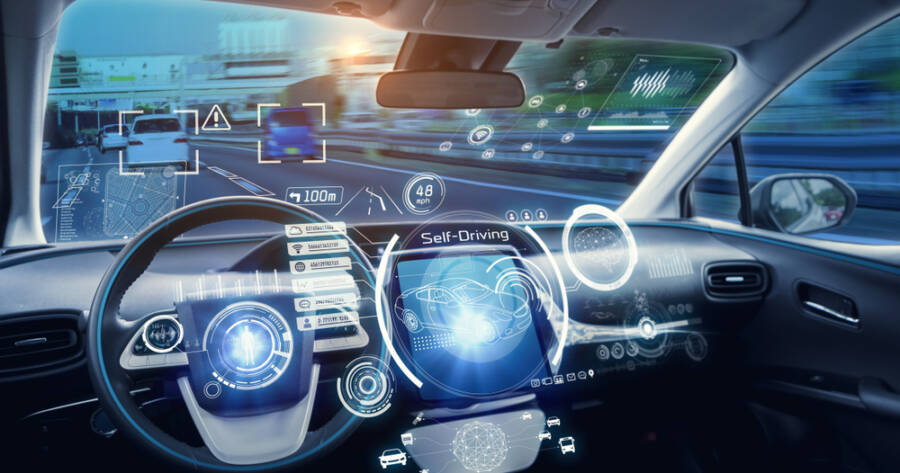Autonomous vehicles are revolutionizing the future of transportation by integrating advanced technologies such as sensors, machine learning algorithms, and real-time data analysis. These vehicles are designed to improve road safety, reduce human error, and increase transportation efficiency. Beyond their technological marvel, autonomous vehicles bring complex safety challenges and ethical considerations, such as decision-making in critical scenarios and societal impacts. Delve into the fascinating world of autonomous vehicles to understand their potential and the responsibilities they entail.
What Are Autonomous Vehicles?
Autonomous vehicles, also known as self-driving cars, are vehicles that can operate without human intervention. These vehicles use a variety of sensors, cameras, and artificial intelligence to navigate the roads and avoid obstacles. Autonomous vehicles have the potential to revolutionize transportation by making it safer, more efficient, and more accessible. In fact, many of the best electric cars on the market today already boast semi-autonomous driving features.
There are several levels of autonomous driving, ranging from Level 1 (driver assistance) to Level 5 (full autonomy). Level 1 autonomous vehicles can perform some tasks, such as lane keeping and adaptive cruise control, but the driver must remain in control of the vehicle at all times. Level 5 autonomous vehicles can perform all driving tasks without human input. 1 Obviously, Level 0 means there’s no automation features at play.
Autonomous vehicles are still in development, but they are expected to become increasingly common in the coming years. Several automakers are investing heavily in autonomous vehicle technology, and some companies are already testing self-driving cars on public roads.
How Safe Are Autonomous Vehicles?
The safety of autonomous vehicles is a major concern for many people. There have been several accidents involving self-driving cars, some of which have resulted in fatalities. 2 However, it is important to note that these accidents are still relatively rare. In fact, autonomous vehicles have the potential to be much safer than human-driven vehicles.
Autonomous vehicles are equipped with a variety of sensors and cameras that can detect obstacles and potential hazards. These vehicles can also react more quickly than humans to avoid accidents. In addition, autonomous vehicles are not subject to the same distractions as human drivers, such as fatigue, intoxication, or cell phone use.
Naturally, certain risks remain with autonomous vehicles, as their innovative technology could be vulnerable to hacking or malfunction. So many driving variables exist, whether an individual is driving on a highway or in a city. It’s impossible to know how autonomous vehicles react in these unplanned scenarios until all of the testing is complete. However, the overall safety record of autonomous vehicles is very promising.
The Future of Autonomous Vehicles
While questions remain about the legality of autonomous vehicles — not to mention how the tech may impact an individual’s car insurance policy — the future is bright. These vehicles have the potential to make transportation safer, more efficient, and more accessible. Autonomous vehicles could also help to reduce traffic congestion and pollution.
In the coming years, autonomous vehicles are expected to become increasingly common on our roads. For example, Tesla is preparing to arm its Cybertruck with a FSD (Full Self-Driving) update in 2024. 3 Operating as a Level 5 autonomous vehicle, the Cybertruck will drive without human assistance, navigating environments thanks to an array of artificial intelligence and sensors. These vehicles will likely play a major role in the future of transportation.
Learn More About Autonomous Vehicles
If you would like to learn more about autonomous vehicles, there are several resources available. Various reports, courtesy of the National Highway Traffic Safety Administration (NHTSA) and the Society of Automotive Engineers (SAE), can provide more information on this next stage in the evolution of automotive technology.
